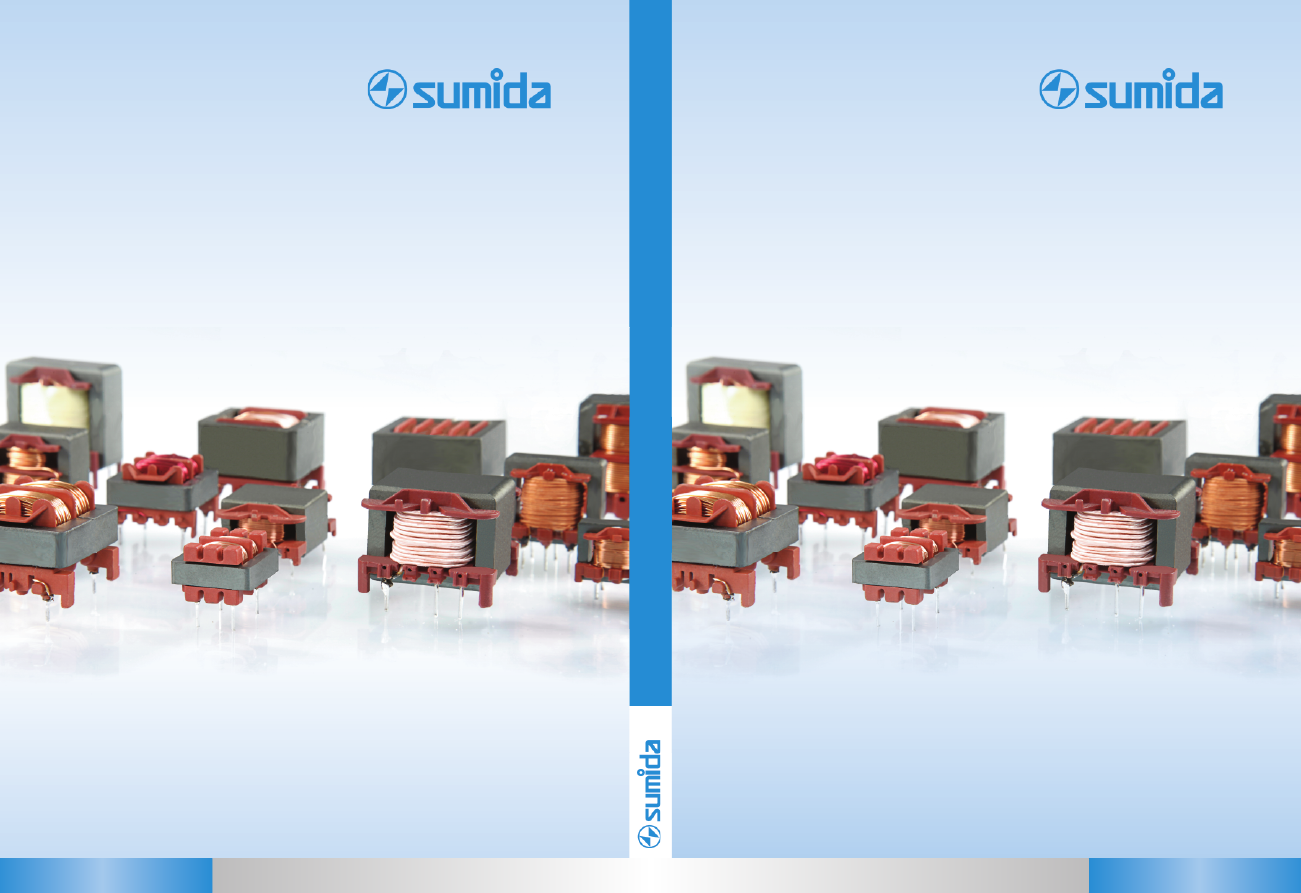
CO
M
PO
NE
NT
S
|
M
O
DU
LE
S
|
CO
RE
S
20
11
COMPONENTS | MODULES | CORES
SUMIDA Components & Modules GmbH
Dr. Hans-Vogt-Platz 1 | D-94130 Obernzell
Phone:
++49/8591/937-100
Fax:
++49/8591/937-103
E-Mail:
contact@sumida-eu.com
Internet: www.sumida-eu.com